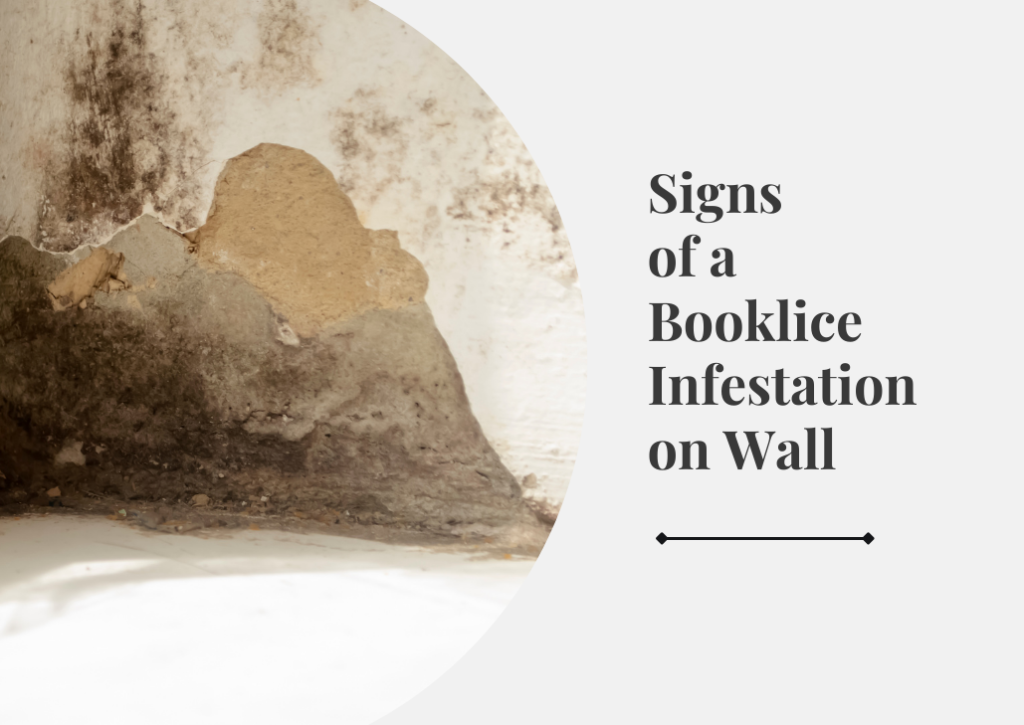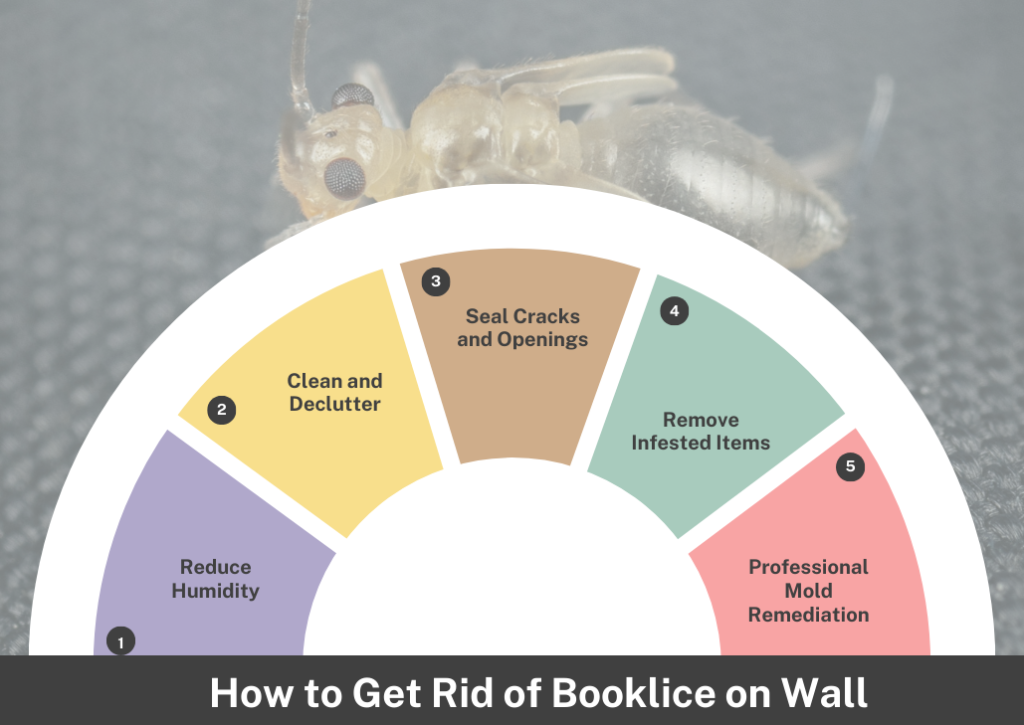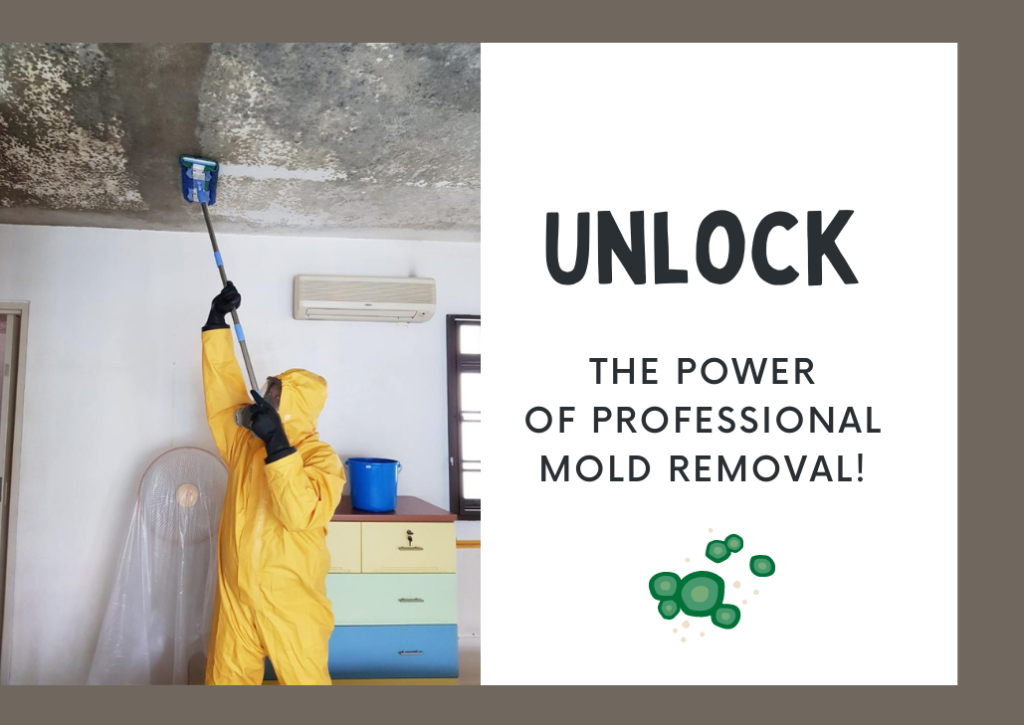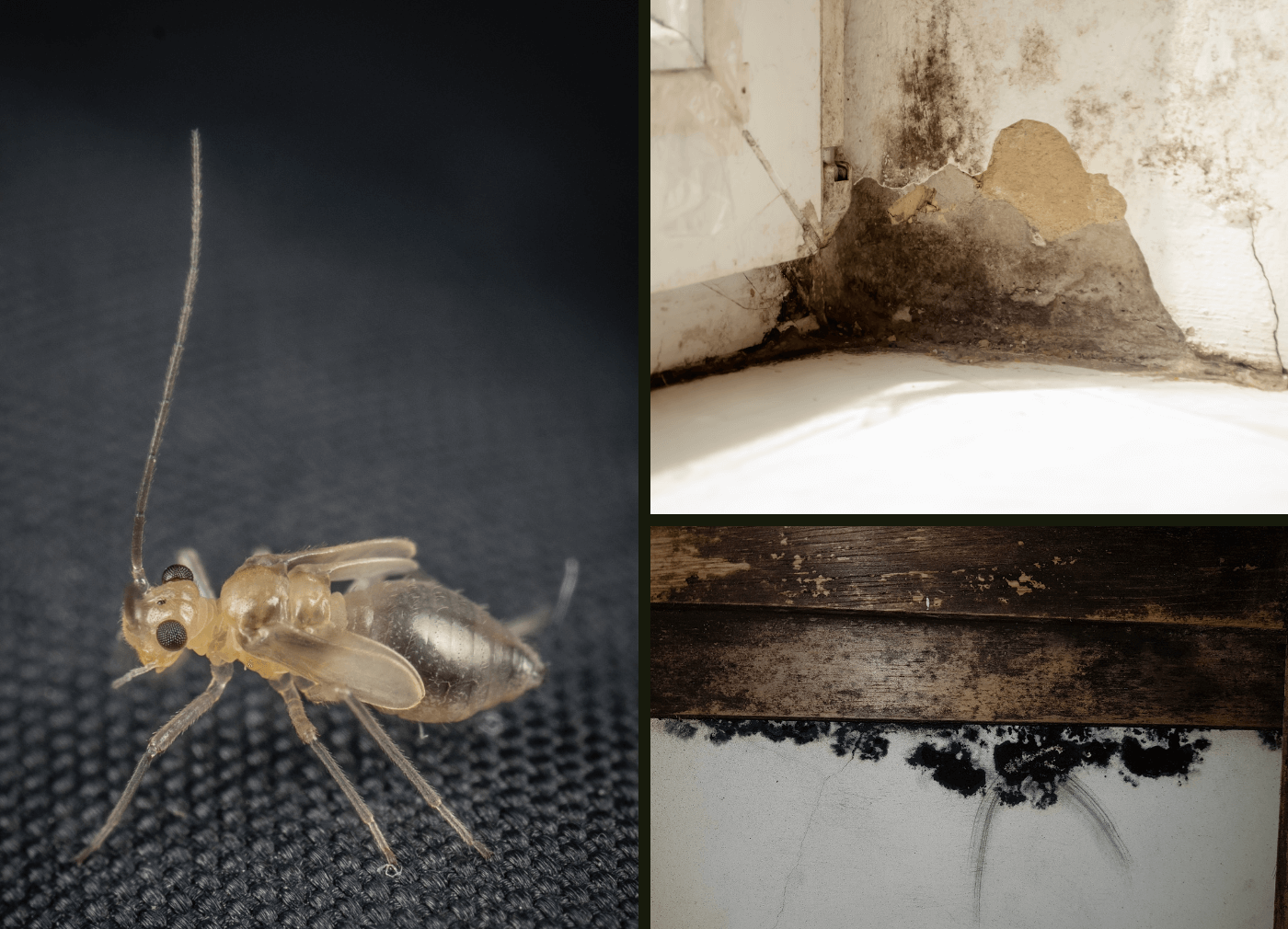Are you dealing with tiny, wingless insects crawling on your walls, books, or furniture? If so, you may have a booklice infestation. These small, harmless insects are often found in damp, humid areas and can quickly multiply if not addressed.
Booklice, despite their misleading name, are not a result of books but rather a sign of high humidity and moisture issues. These tiny insects thrive in damp environments, particularly where mold and mildew are present. In this article, we’ll explore the connection between mold and booklice, shedding light on their habits and the implications for your home, public spaces, communities, or business space.
What Are Booklice?
Where do booklice come from? Booklice, also known as psocids, are tiny insects that are commonly found in homes, particularly in areas with elevated levels of humidity such as the tropical city-state of Singapore. They are often mistaken for lice, but they do not bite or feed on humans or animals. Booklice are typically 1-2 millimeters in length and have a soft, oval-shaped body. They are usually pale in color and have long antennae.
How to Identify Booklice

Booklice are often found in areas with high humidity, such as bathrooms, kitchens, and basements. They are also commonly found in books, hence their name. To identify booklice, look for small, wingless insects with a soft, oval-shaped body and long antennae. They may also leave behind small, white or yellowish eggs or shed skins.
Food Sources of Booklice:
Forget the name—booklice aren’t book lovers! These little bugs have a taste for something else: microscopic molds, fungi, and all things organic, thriving in humid hideouts. Mold? It’s like a chameleon, rocking colors from light to dark based on its food sources. So, if you spy these tiny creatures, bet there’s some damp or moldy mischief nearby. Keep watch around anything feeling a bit too snug and damp – that’s their hangout!
The Connection Between Booklice and Mold:
Booklice are small insects that feed on microscopic molds and fungi. Their presence in a home is typically a sign of high humidity and moisture, as they thrive in such environments. Mold and mildew, which flourish in damp conditions, release spores that serve as a primary food source for booklice. Therefore, an infestation of these pests often points to an underlying issue with excess moisture and mold growth within the premises.
Therefore, if you are dealing with mold, it is possible that booklice may be present as well. To address both mold and booklice, here are some steps you can take:
How to Get Rid of Booklice

If you’ve identified booklice in your home, don’t panic. While they may be a nuisance, they are not harmful and can be easily eliminated with the right methods. Here are some steps you can take to get rid of booklice on wall.
1. Reduce Humidity
Booklice thrive in damp, humid environments, so the first step in getting rid of them is to reduce the humidity in your home. Use a dehumidifier in areas where booklice are present, such as bathrooms and basements. You can also use a fan to circulate air and reduce moisture.
2. Clean and Declutter
Booklice are attracted to clutter and debris, so it’s important to keep your home clean and clutter-free. Vacuum regularly, paying special attention to areas where booklice are present. Wipe down surfaces with a mixture of water and vinegar to eliminate any booklice or eggs that may be present.
3. Seal Cracks and Openings
Booklice can enter your home through small cracks and openings, so it’s important to seal them off. Use caulk or weather stripping to seal any cracks or gaps around windows, doors, and pipes.
4. Remove Infested Items
If you’ve noticed booklice in your books or other items, it’s best to remove and discard them. Booklice can quickly spread to other items, so it’s important to get rid of any infested items to prevent further infestation.
5. Use Insecticides
If the infestation is severe, you may need to use insecticides to get rid of booklice. Look for insecticides specifically designed for booklice and follow the instructions carefully. It’s important to note that insecticides may not be effective if the humidity in your home is not reduced.
6. Clean and Remove Mold:
Use a mixture of water and detergent to clean moldy surfaces. Scrub the affected areas thoroughly and ensure they are completely dry. If the mold infestation is severe, you may need to consult a professional mold remediation service.
Remember, it’s important to address both mold and booklice infestations to create a healthy and pest-free environment in your home.
Preventing Booklice Infestations
Prevention is key when it comes to booklice infestations. Here are some steps you can take to prevent booklice from entering your home.
1. Keep Your Home Clean and Dry
As mentioned earlier, booklice are attracted to clutter and moisture. By keeping your home clean and dry, you can prevent booklice from entering and thriving in your home.
2. Store Books Properly
If you have a large collection of books, it’s important to store them properly to prevent booklice infestations. Keep books in a dry, well-ventilated area and avoid storing them in damp or humid areas.
3. Check for Leaks
Regularly check for leaks in your home, particularly in areas where booklice are commonly found, such as bathrooms and basements. Fix any leaks immediately to prevent excess moisture.
4. Use Desiccants
Desiccants, such as silica gel or diatomaceous earth, can help absorb excess moisture and prevent booklice infestations. Place them in areas where booklice are commonly found, such as bookshelves or cabinets.
Why Bring in Mold Pros?

When you’ve got mold troubles, it’s time to call in the experts, like Lumiair in Singapore. These pros specialize in checking, testing, and kicking out mold. They know their stuff, figuring out how bad the mold situation is, using smart strategies to get rid of it, and giving you tips to stop it from coming back.
Getting rid of mold isn’t just a spray-and-wipe job. It needs special tools and tricks to make sure it’s gone for good. The mold pros at Lumiair have the cool gear and know-how to not only fix the immediate problem but also make your place healthier overall.
And here’s a fun fact: if you’ve got booklice hanging around, that’s like a neon sign saying, “Hey, mold’s having a party here!” These tiny bugs love munching on mold. Mold might not sound serious, but it can mess with your health, causing sneezing, allergies, and other not-so-fun stuff.
So, by getting the mold pros on the case, you’re not just protecting your home – you’re looking out for your health too. It’s like having superhero mold busters making sure your place stays clean and healthy!
Final Thoughts:
Dealing with booklice? Don’t worry, they’re more of a bother than a danger. But here’s the real buzz – mold, their favorite hangout, can be a health hazard. Tackling mold isn’t a job for your everyday DIY hero.
Here’s the lowdown: Cut the humidity, tidy up, and take steps to prevent those pesky booklice. Easy, right? If things get out of hand, though, don’t play superhero. Call in the pros – pest control experts know how to kick out the critters safely.
So, wave goodbye to booklice and welcome a pest-free, chill-out zone at home!




